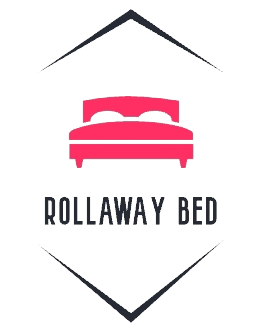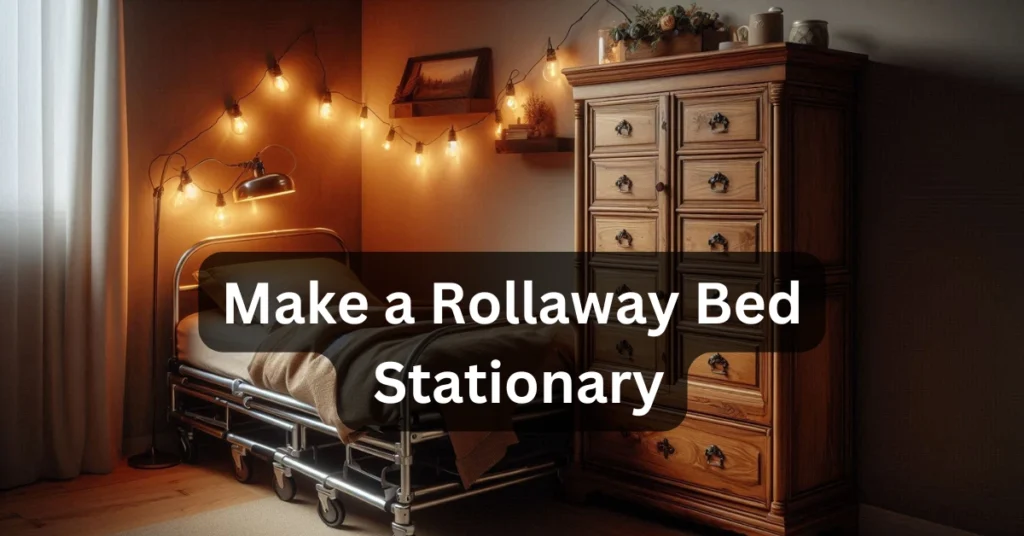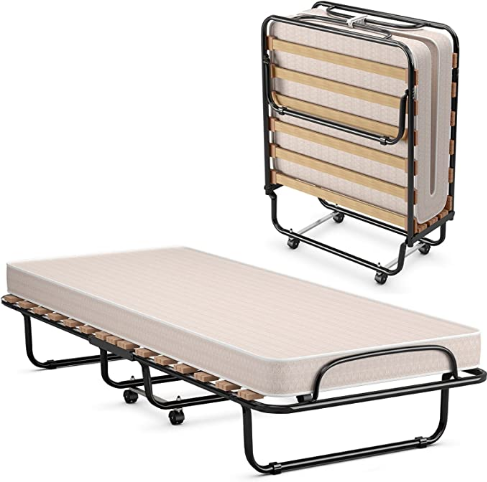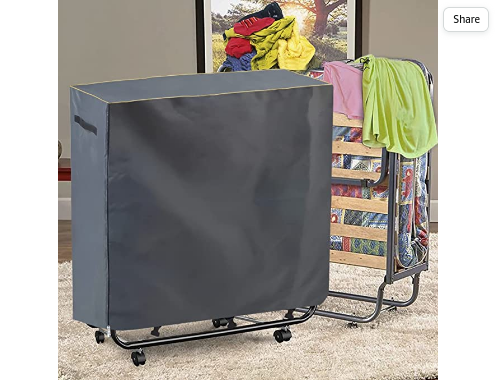Tired of your rollaway bed moving around? Learn how to make a rollaway bed stationary with simple DIY methods, wheel locks, and stabilizing solutions for a secure and comfortable sleep.
Rollaway beds are incredibly useful for small spaces, guest rooms, and temporary sleeping arrangements. Their mobility makes them easy to store, but this very feature can become a problem when the bed starts moving unexpectedly. A shifting bed can disrupt sleep, pose safety hazards, and even damage flooring.
If you’ve ever struggled with a rollaway bed that won’t stay in place, you’re not alone! Fortunately, there are several practical solutions to keep your bed stationary and stable. In this guide, we’ll explore a variety of easy-to-implement techniques, from DIY fixes to replacing the wheels entirely. Whether you’re looking for a temporary fix or a permanent solution, you’ll find the best method to suit your needs.
Table of Contents
Why Stabilizing a Rollaway Bed Is Important
Ensuring your rollaway bed stays stationary offers several key benefits:
- Prevents unwanted movement: A stable bed means no more shifting while you sleep, allowing for uninterrupted rest.
- Enhances safety: Rolling beds can cause accidental falls, particularly for children, elderly individuals, or those with mobility issues.
- Protects your flooring: Continuous movement can cause scratches, dents, and damage to hardwood, tile, or laminate floors.
- Extends bed lifespan: Less strain on the frame and wheels helps prolong the durability of the bed.
- Improves overall comfort: A stationary bed provides a firm, supportive sleeping surface, improving sleep quality.
Now that we understand the importance of securing a rollaway bed, let’s explore the various methods to keep it in place.
Easy DIY Methods to Keep a Rollaway Bed Stationary
Use Rubber Grippers or Furniture Pads
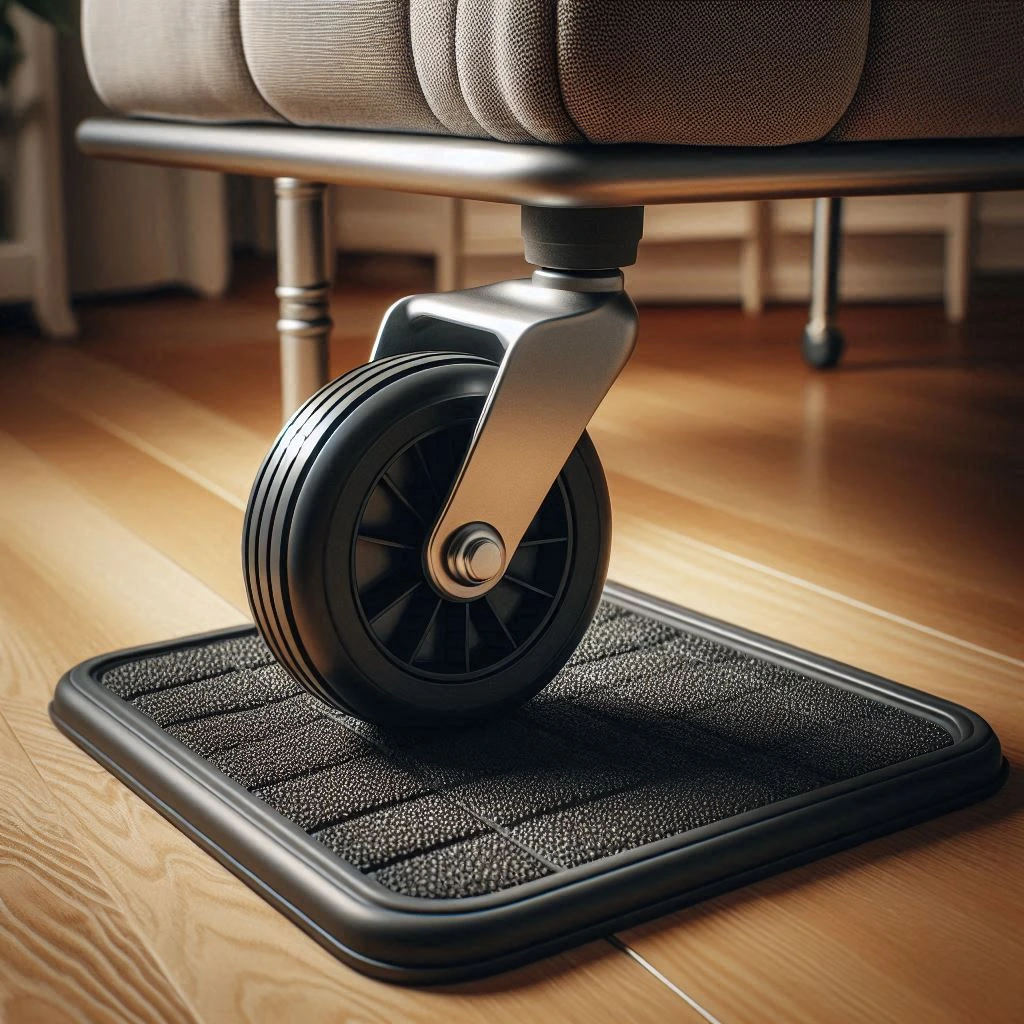
One of the easiest and most cost-effective ways to stop a rollaway bed from moving is by using rubber grippers or furniture pads.
- These can be placed under each wheel to create friction and prevent rolling.
- Available in various sizes and materials, they are designed to work on different types of flooring, including wood, tile, and laminate.
- Installation is simple: just peel off the adhesive backing (if applicable) and position them under the wheels.
Attach a Non-Slip Rug or Mat
If your rollaway bed moves too easily on hardwood or tiled floors, a non-slip rug or rubber mat can provide additional grip.
- Place a heavy-duty, non-slip mat under the bed to create friction.
- Works especially well for beds that don’t have locking wheels.
- Helps protect flooring from scratches and wear caused by rolling movement.
Apply Heavy-Duty Velcro Strips
Another effective solution is to use heavy-duty Velcro strips.
- Attach one side of the Velcro to the bottom of the bed frame and the other to the floor.
- This creates a strong bond, keeping the bed stationary while still allowing for removal when necessary.
- Ideal for those who want a semi-permanent solution without damaging their floors.
Securing the Wheels for Stability

Lock the Wheels (If Possible)
Some rollaway beds come equipped with lockable caster wheels.
- If your bed has this feature, simply engage the locks before use to prevent movement.
- If not, consider replacing the wheels with lockable versions, which are available at most hardware stores.
- Locking caster wheels ensure stability while allowing mobility when needed.
Replace Wheels with Fixed Legs
If mobility is not required, consider replacing the wheels entirely with fixed legs.
- This is a more permanent solution that eliminates movement completely.
- Many furniture stores and online retailers offer replacement legs compatible with rollaway beds.
- Make sure the new legs are the same height as the removed wheels to maintain bed stability.
Tie the Wheels Together
For a quick and temporary fix, tie the wheels together using:
- Zip ties
- Bungee cords
- Rope or heavy-duty straps
This prevents the wheels from rolling independently, providing added stability.
Frame Adjustments to Prevent Movement
Tighten Loose Screws and Bolts
Over time, the screws and bolts holding the frame together may loosen, causing instability.
- Regularly inspect and tighten all fasteners using a wrench or screwdriver.
- Apply a thread-locking adhesive to screws to prevent them from loosening over time.
- Ensuring a secure frame minimizes wobbling and unnecessary movement.
Reinforce the Bed Frame with Brackets
Adding extra support to the bed frame can help keep it stationary.
- Install L-brackets or corner brackets to reinforce weak joints.
- Use metal brackets for added durability and strength.
- This method is particularly effective for older beds that have become wobbly due to wear and tear.
Alternative Solutions for a More Permanent Fix
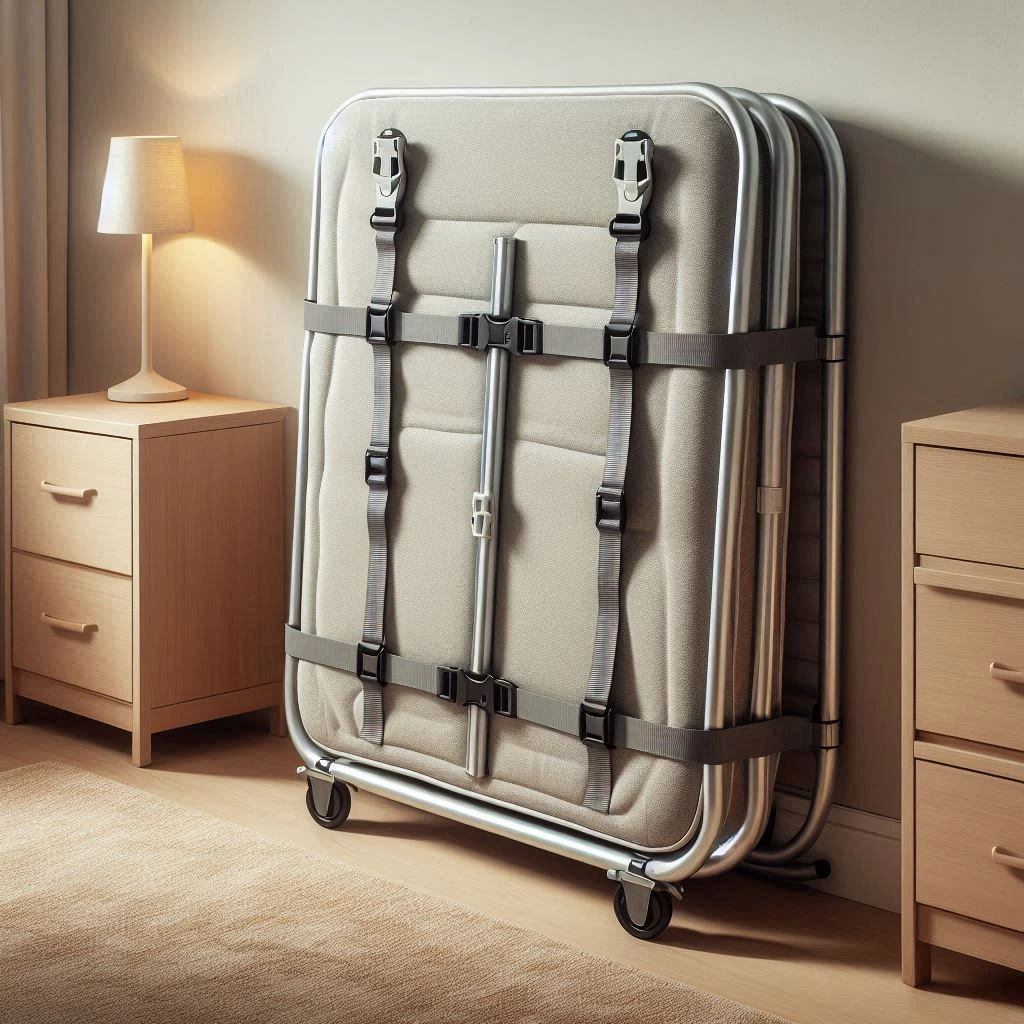
Anchor the Bed to the Wall
For a completely stationary bed, anchoring it to the wall is an excellent option.
- Use bed straps, brackets, or furniture anchors to attach the bed securely to the wall.
- This method is ideal for guest rooms or areas where mobility is not needed.
- Prevents accidental tipping and adds long-term stability.
Place Against a Corner or Heavy Furniture
Another simple way to reduce movement is by positioning the bed against a corner or large furniture piece.
- The walls or furniture act as physical barriers, preventing excessive movement.
- Foam or rubber pads can be placed between the bed and the wall to prevent damage and absorb shock.
Conclusion
Securing your rollaway bed is essential for comfort, safety, and convenience. Whether you opt for quick fixes like rubber grippers and Velcro strips, replace the wheels with fixed legs, or even anchor the bed to the wall, there’s a solution for every need. By implementing these strategies, you can enjoy a stable and worry-free sleeping experience.
Try these methods today and transform your rollaway bed into a safe, stationary sleep solution!
Frequently Asked Questions (FAQs)
1. Can I make my rollaway bed stationary without removing the wheels?
Yes! You can use wheel locks, rubber grippers, or furniture pads to keep the bed in place without removing the wheels.
2. Will rubber grippers work on all types of flooring?
Rubber grippers work best on hardwood, tile, and laminate floors but may be less effective on thick carpets.
3. How can I prevent my rollaway bed from damaging my floor?
Using non-slip mats, rubber pads, or furniture sliders can protect your flooring from scratches and dents.
4. Can I replace my rollaway bed wheels with fixed legs?
Yes! Many rollaway beds allow for wheel removal and replacement with fixed legs for added stability.
5. Is it safe to anchor a rollaway bed to the wall?
Yes, as long as you use sturdy furniture anchors or wall brackets. Make sure they are securely fastened to prevent accidents.
If you found this guide helpful, feel free to share it with others facing the same issue!
